View all Standards for Texas Essential Knowledge and Skills for Theatre Arts
C.3.C analyze characters, themes, duties, and elements of a script to determine artistic roles and technical assignments.
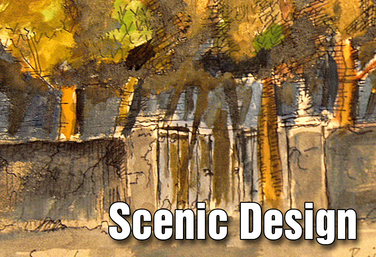
Part of the Drama One Curriculum
Scenic Design
by Karen Loftus
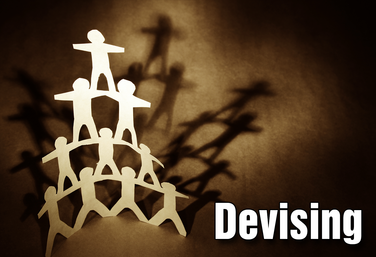
Part of the Drama Two Curriculum
Devising
by Corinna Rezzelle
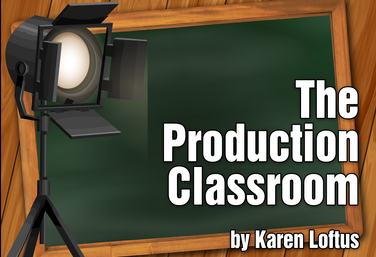
Part of the Production Classroom Units Curriculum
Production Classroom Units Overview
by Karen Loftus

Part of the Production Classroom Units Curriculum
Part One - Pre-Production
by Karen Loftus

Part of the Production Classroom Units Curriculum
Part Two - Rehearsal and Performance
by Karen Loftus

Part of the Production Classroom Units Curriculum
Part Two - Documents
by Karen Loftus

Part of the Production Classroom Units Curriculum
Part Three - Reflection and Assessment
by Karen Loftus

Part of the Stagecraft Without a Theatre Curriculum
Culminating Project
by Karen Loftus
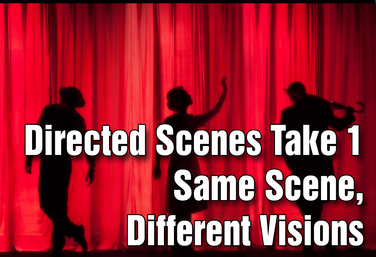
Part of the Middle School Curriculum
Unit Six: Directed Scenes Take 1: Same Scene, Different Visions
by Lindsay Johnson
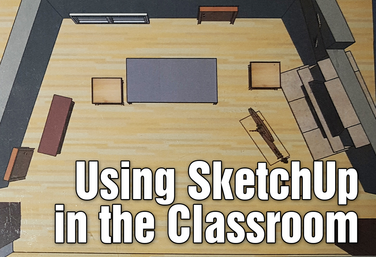
Using SketchUp in the Classroom
by Ray Palasz

The Production Classroom
by Karen Loftus
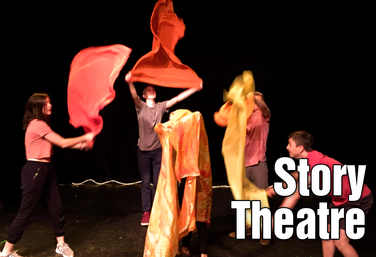
Story Theatre
by Matt Webster
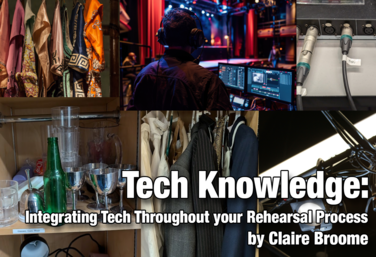
Tech Knowledge: Integrating Tech Throughout Your Rehearsal Process
by Claire Broome
View all Standards for Texas Essential Knowledge and Skills for Theatre Arts Standards Master List